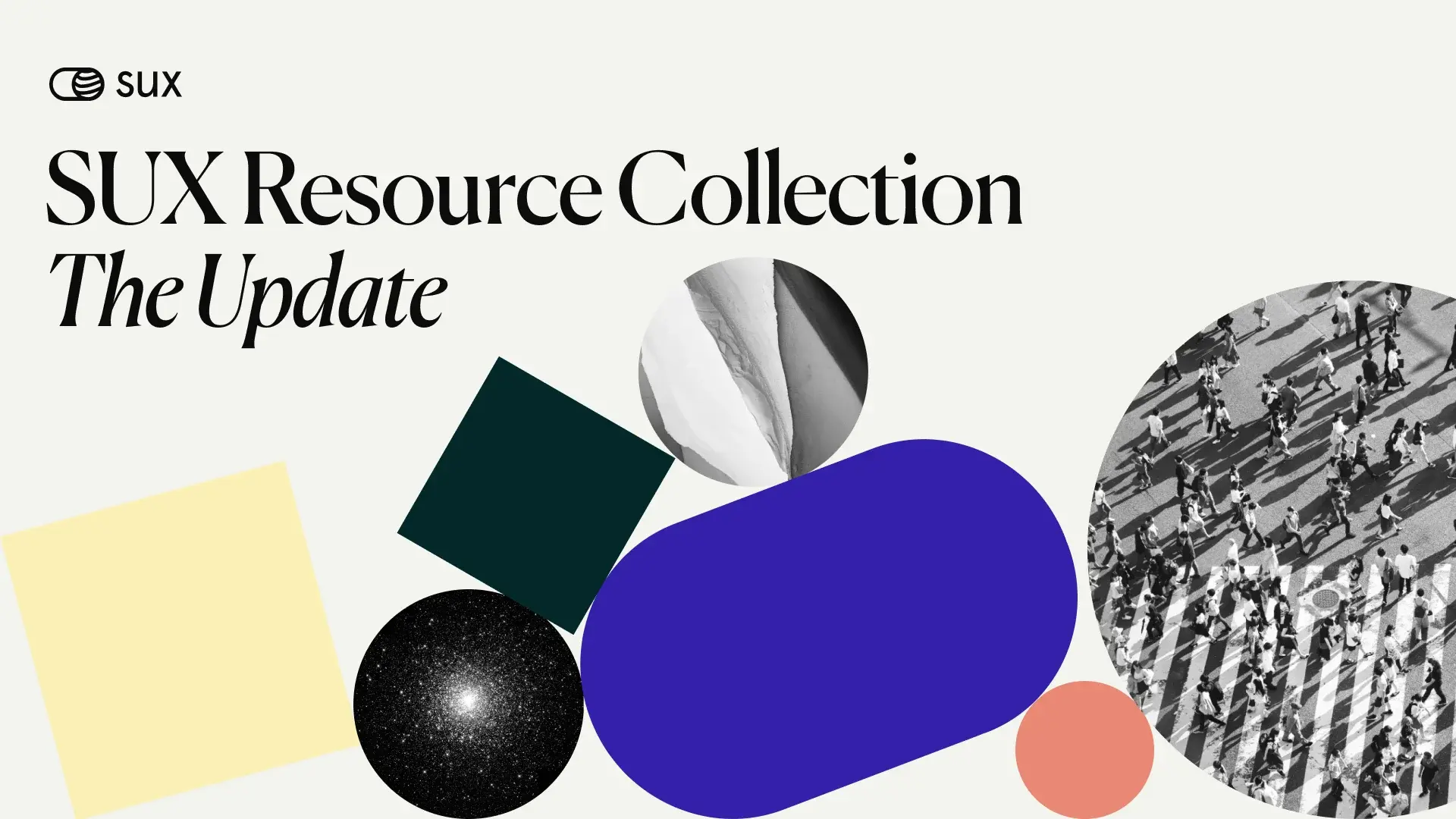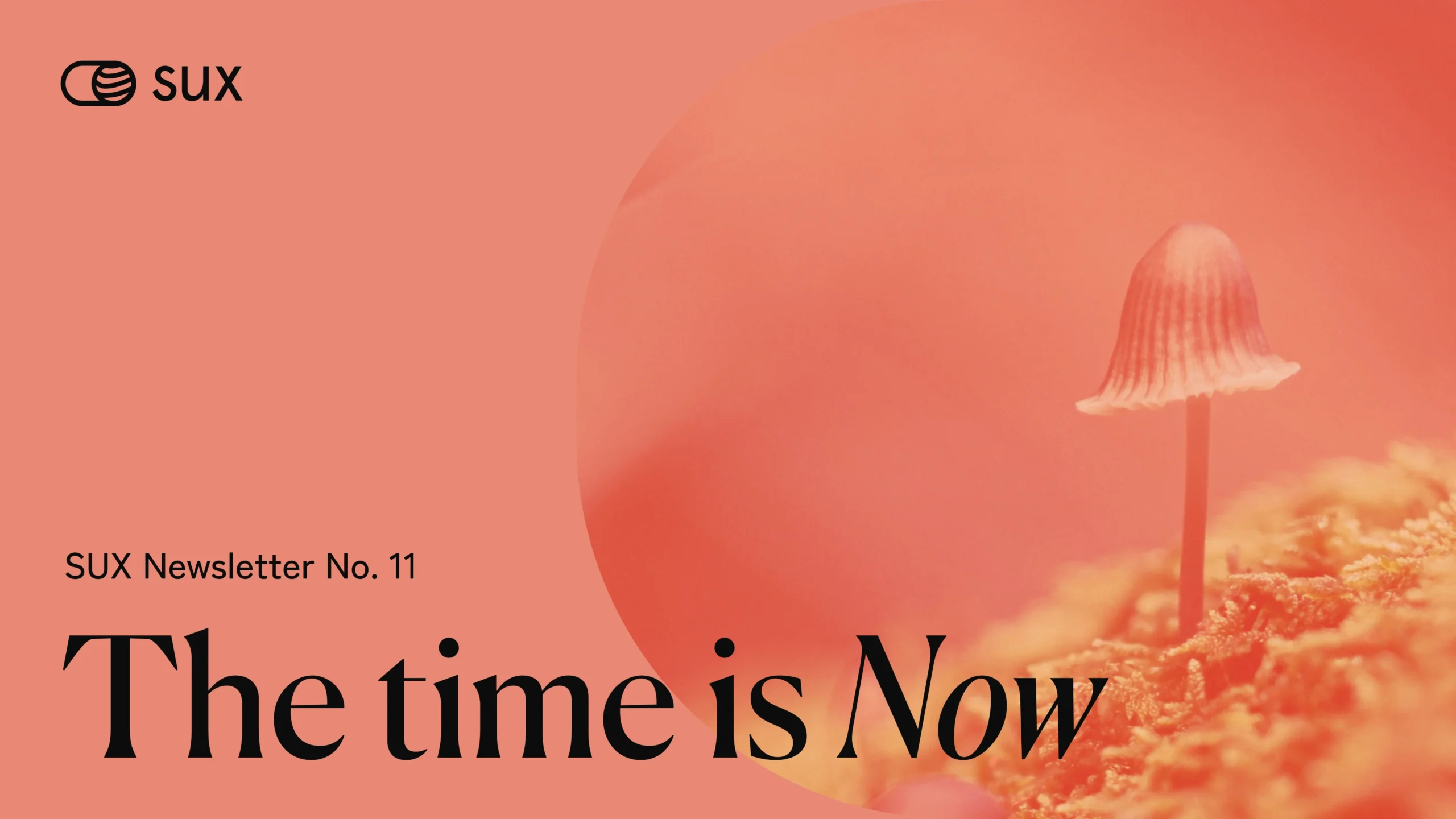Sustainable UX is the approach to design sustainable digital products by moving beyond user-centered design to an environmental and humanity centered design approach. The 11 principles of Sustainable UX help to achieve this goal, to create sustainable digital products and to make sustainability and integral part of our design and product building processes.
1. Design for ecosystems instead of users
We design services, apps, and websites for our users. In doing so, we focus so intensely on the needs of our users and try to align them with business needs that we completely overlook who or what else is affected by our designs. Every product always has a larger systemic context. There are always additional actors (human and non-human) involved beside our users—directly or indirectly. We must stop designing solely for our users and instead always understand and review our work within the systemic context.
2. Understand the negative impacts
To design more sustainably, we need to understand the negative impacts of our products and designs and relate them to user and business needs. For example, what is the carbon impact and where does it occur? Which other actors pay the price for the convenience of the users? At what points in the user journey are the negative impacts particularly high?
3. Design for all aspects of Sustainability
Sustainability is often equated with CO2 emissions. However, sustainability has many other aspects that we must consider in our designs, such as social justice, health, all living beings, sustainable consumption, etc. Reference recommendation: UN Sustainable Development Goals.
4. Design Carbon Friendly
A website with 2.5 million monthly visitors can easily have an impact of tons of CO2 per month, resulting from the provision, transmission, and display of data. Our design has a direct influence on how 'heavy' a website or app is. Thus, how much data needs to be transmitted to display it. What fonts, colors, images, and image formats or elements we use, or which content is necessary and which is not—the possibilities are numerous to make our design 'data-lighter.'
5. Design for Equality
Digital products often perpetuate existing injustices. Older people often cannot use digital services because they only have limited access to and knowledge of digital devices. Gender injustice often arises because digital services are too often designed based on the stereotypical (white) male. And social injustice is an integral part of many digital services. We must always check the digital products we design on all levels and aspects of equality to prevent existing or new injustices in the digital world from being perpetuated.
6. Design for Wellbeing and Fairness
We often design digital products user-centered, but in the end with the goal of meeting the needs of other stakeholders. Digital products are too often designed so that users, for example, stay engaged as long as possible (e.g., 'Infinite Scrolling') or buy as much as possible (e.g., many online shops). We must design digital products that treat users fairly and truly prioritize their wellbeing.
7. Design for sustainable Users
When we give users choices, we should ask ourselves which option is the most sustainable and make that the standard. An example from e-commerce that some shops have already implemented: In the ordering process, delivery to the next hub (e.g., parcel shop) becomes the standard, and home delivery must be actively selected. This reduces the number of trips with the delivery vehicle, which reduces the carbon impact (even an electric vehicle needs energy that must be generated) and improves working conditions for delivery drivers (social impact).
8. Solve the right Problems
As UX designers, we love to analyze, understand, and solve problems. However, we must also ensure that we are addressing the right problems and finding solutions that are sustainable in the long term. For instance, carbon offsets are often much less helpful than thought (up to 90% of the offsets through the supposed planting of trees are useless, according to the Guardian). Instead of integrating a function for carbon offsetting into our products in this case, we need to look at how we can generally reduce the energy consumption of our users or how they can make more sustainable decisions.
9. Design for less
A little less of everything must be our motto. A little less videos, images, and visual overload. A little less content and data storage. And a little less consumption and general use of everything. Many small impacts add up to make a big lever. And we designers can and must take direct influence on many points.
10. Make Sustainability Default
Sustainability cannot be achieved by adding an extra step 'sustainability' in the design process. Instead, sustainability must be an integral part of our entire design process. This means that every phase, from idea generation to final implementation, must be characterized by a consistent awareness of ecological, social, and economic responsibility. By adding these additional layers to every step of our design process, we ensure that all decisions can also be reviewed and assessed in the context of sustainability.
11. Design new Narratives
We must not only design our products sustainable but also the narratives surrounding them. Because sustainability still unfortunately has the reputation of being mainly a cost factor. However, this is not true. For example, Capgemini has found in a study on 'Sustainable Product Design' that it not only results in the reduction of CO2 but also has a positive impact on customer relationships and the relationship of employees with the brand/company, and it includes opportunities for profit increases. Sustainability is already a business case. And we all must help establish this narrative by continually talking about it: with colleagues, with customers, and with all stakeholders.
You want to start using Sustainable UX in your work, project or product? We are finalizing the SUX Playbook at the moment and already published a first handful of tools with templates and descriptions. Visit our Notion Space to get templates for tools like Sustainable User Journey Mapping, Needs to Consequences Mapping, Actor Mapping and more: https://suxnetwork.notion.site/
Thorsten Jonas is the Founder of the SUX Network and a Sustainable UX and Responsible AI consultant and keynote speaker. He is guiding teams and companies in crafting sustainable, responsible and ethical digital products and co-leads as invited expert the UX Chapter of the W3C Web Sustainability Guidelines.



